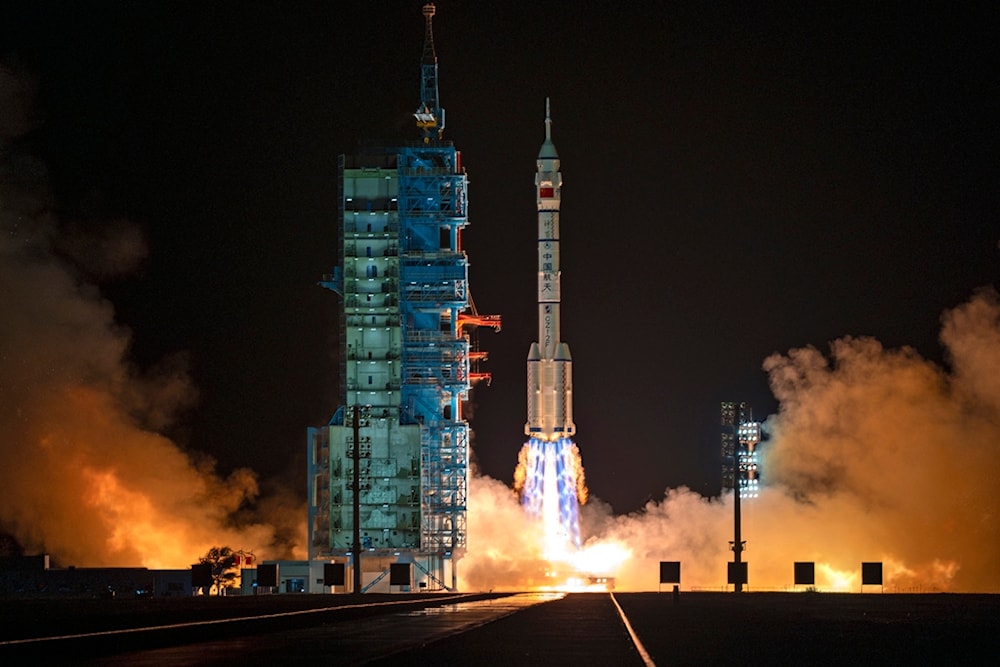China mulls lunar nuclear power plant for Moon base energy
China is planning a nuclear power plant on the Moon to supply energy to the International Lunar Research Station, a project in collaboration with Russia.
-
 A Long March rocket with a Shenzhou-19 spacecraft atop takes off from the Jiuquan Satellite Launch Center in Jiuquan, northwestern China in the early hours of Wednesday, Oct. 30, 2024 (AP Photo/Ng Han Guan)
A Long March rocket with a Shenzhou-19 spacecraft atop takes off from the Jiuquan Satellite Launch Center in Jiuquan, northwestern China in the early hours of Wednesday, Oct. 30, 2024 (AP Photo/Ng Han Guan)
China is considering building a nuclear power plant on the Moon to support the International Lunar Research Station (ILRS), a joint project with Russia, Reuters reported Wednesday, citing a recent presentation by a senior Chinese space official.
As part of its ambition to become a major space power, China plans to land astronauts on the Moon by 2030. The ILRS, being developed in collaboration with Russia, aims to establish a long-term human presence on the lunar surface.
The concept of China lunar nuclear power emerged as a potential energy source to ensure stable and sufficient power for the station.
Chang’e-8 mission and lunar base construction
China's Chang’e-8 mission, scheduled for launch later this decade, is a key step in preparing for the construction of a permanent manned lunar base.
During a presentation in Shanghai, Pei Zhaoyu, the chief engineer for the 2028 mission, highlighted that the base’s energy supply could rely on a combination of large-scale solar arrays and a Moon nuclear reactor.
Additionally, pipelines and cables would be constructed on the lunar surface to deliver heat and electricity.
Russia’s space agency Roscosmos previously announced plans to develop a nuclear reactor on the Moon by 2035, in partnership with the China National Space Administration.
The inclusion of this nuclear power option in a Chinese space official’s presentation to ILRS partner nations indicates that China supports the concept, although no formal announcement has been made yet.
China-Russia cooperation in space exploration
This development is a significant element of the China-Russia space cooperation, as both countries seek to advance their positions in the global space race.
The ILRS is positioned as a rival to NASA’s Artemis programme, which aims to return US astronauts to the Moon by December 2025.
Wu Weiren, chief designer of the Chinese Lunar Exploration Project, stated that a basic version of the ILRS will be operational by 2035, centered around the Moon's south pole. The Chang’e lunar probes will play a crucial role in building this foundation.
Looking ahead, China plans to launch the “555 Project”, inviting 50 countries, 500 international scientific research institutions, and 5,000 overseas researchers to participate in the ILRS. This initiative underscores China’s intent to lead international efforts in space exploration and establish a lasting presence on the Moon.
Read more: Saturn claims 'moon king' title with 128 new moons, discovery shows

 3 Min Read
3 Min Read









